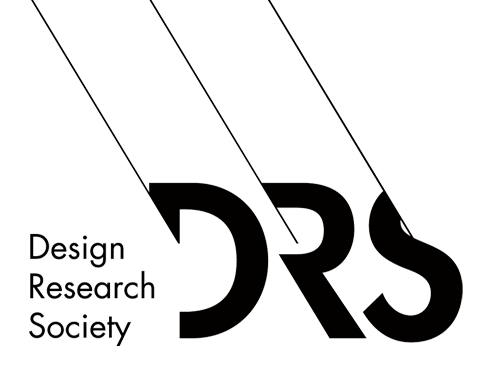Abstract
This paper explores the intersection of materiality and data visualization, focusing on how tangible representations balance data precision with emotional engagement. Using a Research through Design (RtD) methodology, the study examines self-tracked data through the Delicious Data experiment, where unconventional materials were used to create tactile, multisensory visualizations. By analyzing iterative experimentation, reflective journaling, and participatory gallery interactions, five critical attributes of material-driven data patterns emerge: multisensory engagement, spatial and temporal dimensions, symbolic and metaphorical qualities, constructive interactivity, and interpretative flexibility. These findings highlight how material properties influence data interpretation, evoke emotional connections, and foster personal reflection. Reframing patterns as embodied constructs, this research demonstrates how material-based visualizations can deepen cognitive and emotional connections with data. The study bridges abstract metrics with lived experiences, offering new design directions for Quantified-Self tools and personal data narratives. By integrating materiality and sensory interaction, this work advances the discourse on data physicalization as an experiential process, crafting human-centered, multisensory narratives that transform data into meaningful, lived experiences.
Keywords
material-based data visualization; tangible pattern; quantified self; multisensory engagement; research through design
DOI
http://doi.org/10.21606/eksig2025.115
Citation
Shen, Y.,and Scott, D.(2025) Tangible Patterns in Material-based Data Visualizations for the Quantified-Self, in Karyda, M., Çay, D., Bakk, Á. K., Dezső, R., Hemmings, J. (eds.), Data as Experiential Knowledge and Embodied Processes, 12-13 May, Budapest, Hungary. https://doi.org/10.21606/eksig2025.115
Creative Commons License

This work is licensed under a Creative Commons Attribution-NonCommercial 4.0 International License
Tangible Patterns in Material-based Data Visualizations for the Quantified-Self
This paper explores the intersection of materiality and data visualization, focusing on how tangible representations balance data precision with emotional engagement. Using a Research through Design (RtD) methodology, the study examines self-tracked data through the Delicious Data experiment, where unconventional materials were used to create tactile, multisensory visualizations. By analyzing iterative experimentation, reflective journaling, and participatory gallery interactions, five critical attributes of material-driven data patterns emerge: multisensory engagement, spatial and temporal dimensions, symbolic and metaphorical qualities, constructive interactivity, and interpretative flexibility. These findings highlight how material properties influence data interpretation, evoke emotional connections, and foster personal reflection. Reframing patterns as embodied constructs, this research demonstrates how material-based visualizations can deepen cognitive and emotional connections with data. The study bridges abstract metrics with lived experiences, offering new design directions for Quantified-Self tools and personal data narratives. By integrating materiality and sensory interaction, this work advances the discourse on data physicalization as an experiential process, crafting human-centered, multisensory narratives that transform data into meaningful, lived experiences.

